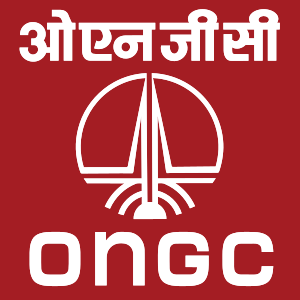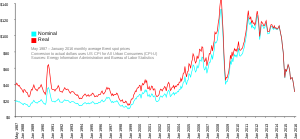
Image via Wikipedia
The government tried to auction off 5% of ONGC [stockquote]ONGC[/stockquote] on Thursday in what was supposed to be the door opener for its Rs 40,000 crore divestment target. The ONGC offer made up a big chunk (Rs 12,400 crore) of this target. It was so poorly managed that it required LIC to step in with Rs. 12,000 crores, almost half the amount, at the last minute to salvage the situation. Here are some real-world lessons that the common man can derive from this:
- Know when it’s a seller’s market and when it’s a buyer’s market. When the market knows that you are trying to sell stocks worth Rs 40,000 crores (~$8 billion) within the next couple of months, your are in a buyer’s market.
- Leave some money on the table so that investors brave enough to invest in a banana republic can actually make some money on the first day. The stock was trading at Rs. 275-280 levels when the auction price was announced. The reserve price was Rs. 290. It closed the week at Rs. 281.40. Auction investors are now staring at notional losses of Rs 1,000 crore.
- If you are arrogant enough to ignore #1 and #2, at least ask for hard underwriting from the investment banks who handled the process. Asking LIC to bail you out is like moving money from one government bank account to another. Now at some point in the future, LIC itself would need a bailout because of this.
- Know what you are selling. ONGC is a government slush fund for its stupid fuel subsidies. It shares 33% of the total subsidy burden and there’s no immediate hope that these subsidies are actually going to go down. ONGC should be making money as crude prices are going up but instead, its profits tanked 33% in the most recent quarter.
- Don’t look like a fool. There were “technical glitches” which resulted in “some” large orders to be rejected. Investors did not know the results of their bids even hours after the process had ended.
Is there anything that this government can do right?







![clip_image002[10]](http://stockviz.biz/wp-content/uploads/2012/02/clip_image00210_thumb.png)
![clip_image002[8]](http://stockviz.biz/wp-content/uploads/2012/02/clip_image0028_thumb.png)
